#blossoming books
Text

"(...) ‘there doesn’t seem to be no need for no one to be contrary when there’s flowers an’ such like, an’ such lots o’ friendly wild things runnin’ about makin’ homes for themselves, or buildin’ nests an’ singin’ an’ whistling, does there?’"
🥀🪴⚘️🌿
I can’t pinpoint the moment when I first heard about The Secret Garden. I remember seeing a picture of it (don’t even remember if it was from the 1993 film or something else) somewhere in my childhood and it lived quietly in the back of my mind ever since. Then at some point during my teens I decided to watch the film adaptation to know what it was about; and since then the need to read the book has never left me. I’ve had this beautiful Special Puffin Classics edition on my shelf for too long and for some reason, it was this summer when I finally felt like I had to pick it up and put the other book I had started reading on hold.
I absolutely love how the narrative begins with such a gothic feel to it, which is quite unusual in a children’s novel. There are some eerie mysteries surrounding Misselthwaite Manor, reminiscent of Charlotte Brontë or even Ann Radcliffe. But this is not the 19th century; this is the beginning of the 20th century, and the gothic narrative devices are only used in order to shine the light on childhoods filled with darkness. Spoiled and sulky, recently orphaned Mary Lennox arrives in Yorkshire (whose accent the author makes sure to transcribe to the page) to unearth things she never knew of before — beauty, friendship and even magic. Along with moor-child Dickon and her sickly cousin Colin, she brings a secret garden back to life, while simultaneously so are their spirits revived: “Slowly — slowly — for no reason that he knew of — he was ‘coming alive’ with the garden”. The juxtaposition between the flowers and greens growing and both the psychological and physical growth of the children is heart-warming, and a clear influence of Frances Hodgson Burnett’s interest in Christian Science (which believed that illness is a mental rather than a physical disorder), as well as Spiritualism and Theosophy:
"One of the new things people began to find out in the last century was that thoughts — just mere thoughts — are as powerful as electric batteries — as good for one as sunlight is, or as bad for one as poison. To let a sad thought or a bad one get into your mind is as dangerous as letting a scarlet fever germ get into your body. If you let it stay there after it has got in you may never get over it as long as you live."
But I would go so far as to interpret this narrative as pantheist, being so devoted to nature in its core, with protagonists who even see it as magic: “Everything is made out of Magic, leaves and trees, flowers and birds, badgers and foxes and squirrels and people”. The novel mentions the church and even includes a doxology, but it surprisingly never defines itself as a narrative of christian morals, leaving the door of the garden open in an almost agnostic approach (“How can we know the exact names of everything?”). In this way, Burnett lets the characters, as well as the readers, attach the magic of nature to whatever they might feel is right for them: “Never thee stop believin’ in th’ Big Good Thing an’ knowin’ th’ world’s full of it — an’ call it what tha’ likes.”
#bookstagram#books and flowers#flowers and books#books#book#flowers#literature#blossoming books#frances hodgson burnett#the secret garden#english lit#english literature#yorkshire#mary lennox
7 notes
·
View notes
Text



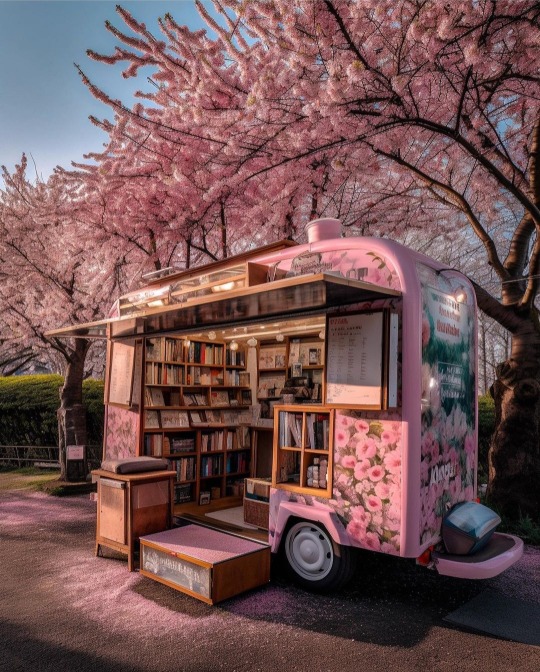

lulumoonowlbooks
#cute#kawaii#aesthetic#pink#cherry blossom#pink aesthetic#cute core#pink core#lovely#photooftheday#photoshoot#photography#library#books aesthetic#sakura#nature#flowers
8K notes
·
View notes
Text
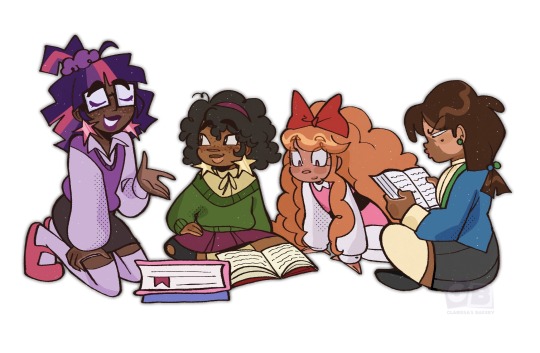

the worlds most pretentious book club
#wordgirl#illustration#my art#my art!#becky botsford#fan art#art#bfdi#bfdi book#battle for dream island#mlp#mlp fim#twilight sparkle#mlp friendship is magic#mlp fan art#my little pony#powerpuff girls#ppg blossom#blossom utonium#power puff girls#character design#crossover
2K notes
·
View notes
Text

Anna Akhmatova, The Complete Poems of Anna Akhmatova: Seventh Book; from ‘Don't be afraid—I can still portray...' tr. Judith Hemschemeyer
#anna akhmatova#the complete poems of anna akhmatova#seventh book#sweetbrier in blossom#don't be afraid i can still portray#poetry#excerpts#ghost#o
801 notes
·
View notes
Text
After some careful examination, I've came to a conclusion that my favorite ship dynamic is literally just "divorced but never married".
#satosugu#soukoku#haikaveh#matcha blossom#sakuatsu#not sure if sakuatsu counts or not but it does in my books so DEAL WITH IT#c!tntdu-[GETS SHOT IN THE HEAD]#gotta love how the second i need to remember my favorite ships it's just static in my head
392 notes
·
View notes
Text

instagram | kawowekadry
642 notes
·
View notes
Text


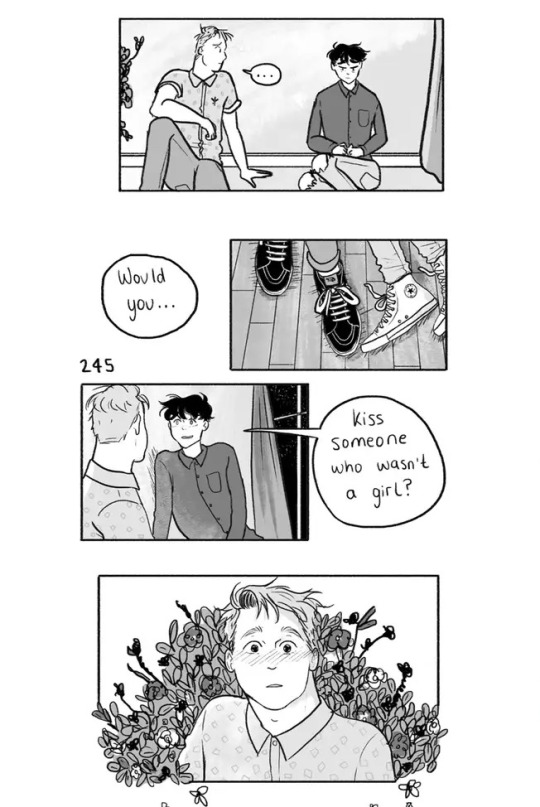
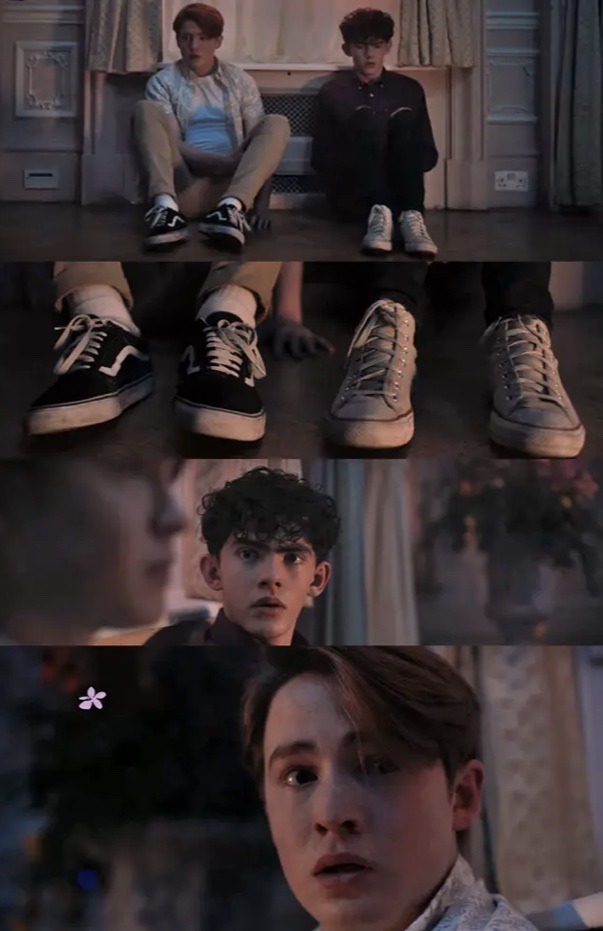
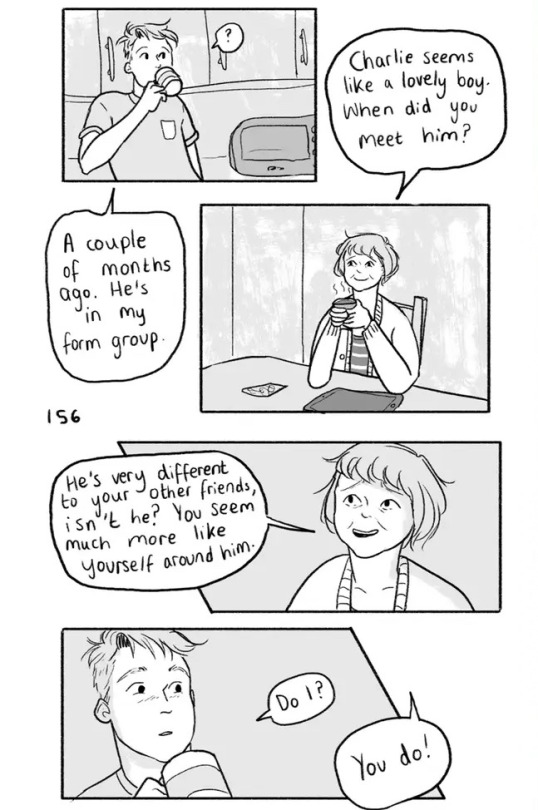

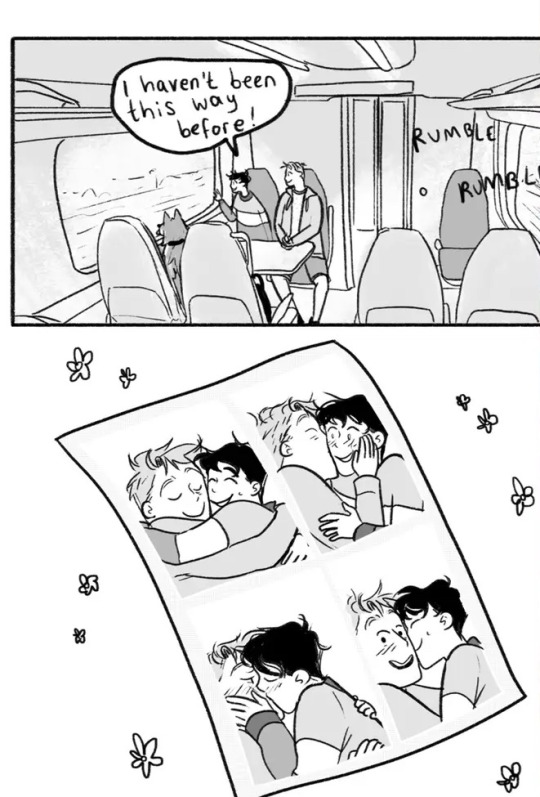
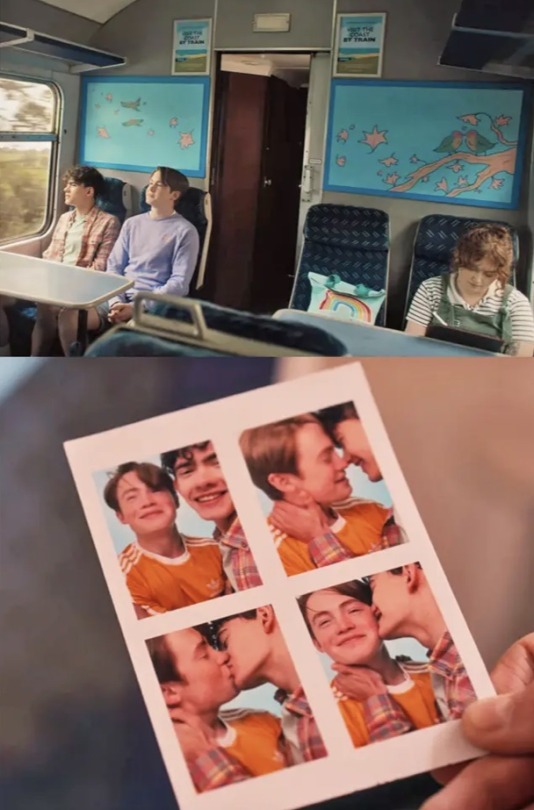


HEARTSTOPPER 🥰
The scenes which perfectly match the book..🎥📖
#heartstopper#heartstopperdaily#heartstoppercentral#heartstopper book#hearstopper series#Charlie x nick#charlie spring#nick nelson#nick nelson x charlie spring#heartstopper edits#my edits#my gifs#alice oseman#osemanverse#netflix heartstopper#likesforlikes#likes#nick nelson blossoming#Charlie spring x Nick Nelson edits#the book vs the scenes#gay#lesbian#lgbtq community#gay pride#bisexual#asexual#transgender#lgbt+#lgbt pride#lgbtq+
265 notes
·
View notes
Text
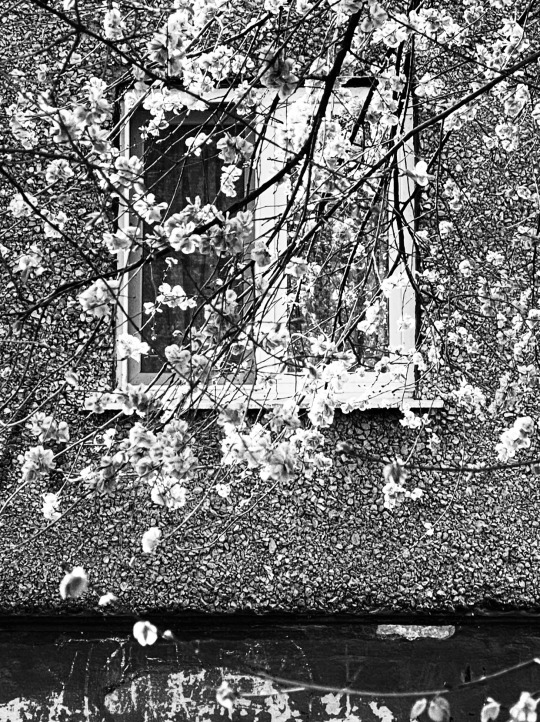
April Window…by Tanya Luca
#tanya luca#photographers on tumblr#black and white photography#black and white#about photography#photo art#photobook#great photographers#photo collection#photoblog#photo archive#visual poetry#book author#beautiful books#dreamy#dreamy book#april#spring#window#nature#spring blossoms#in bloom#spring trees
116 notes
·
View notes
Text

Ever since I wrote my masters' dissertation on Lemony Snicket I've been wanting to read something by Roald Dahl, since he was such an influence for Daniel Handler. And, because my childhood weekends were spent rewatching the 2005 film adaptation of his Charlie and the Chocolate Factory (1964) — which I've been revisiting, alongside with the 1971 version, in view of the release of Wonka —, it seemed just right to start with this one.
Having these film adaptations as references, it's hard not to go into a comparative analysis, but I do want to go over some points because reading the original text gave me a new appreciation for the film that was so dear for me in childhood. Although the 1971 adaptation is widely beloved and even taken a lot as the canonic reference of the Wonka universe, it must be said that Tim Burton's version is much more considerate of the original source — starting with the title itself, which focuses on Charlie and not on the character of Willy Wonka. Roald Dahl himself didn't appreciate the first adaptation, which is understandable considering that — with the exception of some chilling moments such as "The Wondrous Boat Ride", recited by Gene Wilder word for word with a delivery that borders the psychopathic — most of the film has a very wholesome tone. The book, although clearly written for children with a very accessible and childish writing style, has some deeply dark humor undertones. A key example of this are the musical numbers, which are also much more well adapted in the 2005 version. Although "Oompa loompa doompety doo" became an iconic reference in our collective memory, the songs from the 1971 film are much simpler and loosely-based on the text; on the other hand, Roald Dahl is actually credited as a writer in Danny Elfman's 2005 soundtrack, which uses many verses from the songs written in the books.
On the other hand, the downside of only getting a Roald Dahl book in 2023 is that I accidently read an expurgated version of his work... This feels particularly wrong after learning that Dahl himself warned his publishers before dying against "so much as change a single comma in one of my books". Moreover, it doesn't seem like he was completely insensitive, taking into account his own 1973 revision which changed the ethnicity of the Oompa Loompas (who previously recalled African slaves a bit too much). In my opinion, this type of revision is understandable and very valid, however, what happened with Puffin Books last year seems a bit too extreme: they removed words like "fat", "mad", "crazy" and "queer", references to toy guns and to corporal punishment. Even if some of those concepts might be used in an offensive and problematic way, I can't see this kind of censorship as very useful, since all it does is whitewash the work, devoiding the reader of critical thinking and counter-productively absolving the author of his wrongdoings. I understand that it gets trickier considering the younger target audience, but I personally can't help but feel like I've been deprived of something by having read this version.
#charlie and the chocolate factory#willy wonka#willy wonka and the chocolate factory#roald dahl#puffin books#book#books#bookstagram#books and flowers#flowers and books#flowers#literature#blossoming books#english lit#english literature
5 notes
·
View notes
Text
CHERRY BLOSSOM TREES.

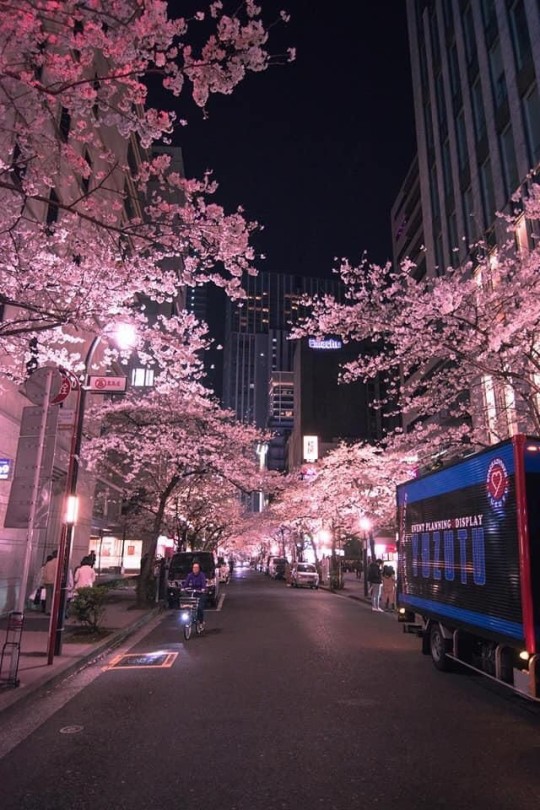

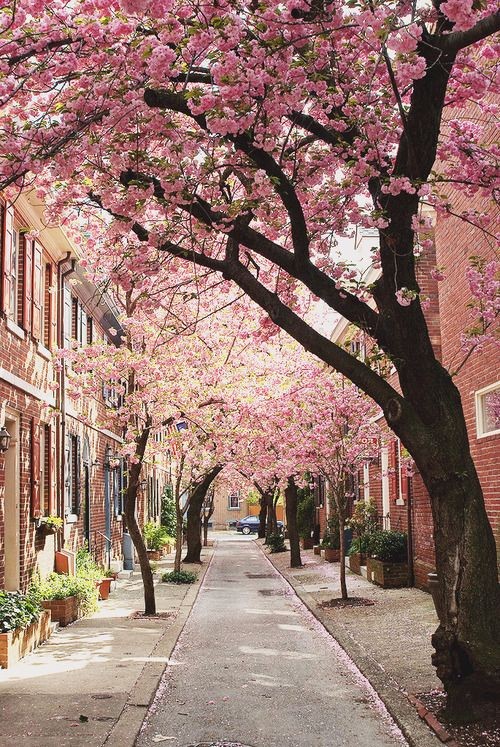

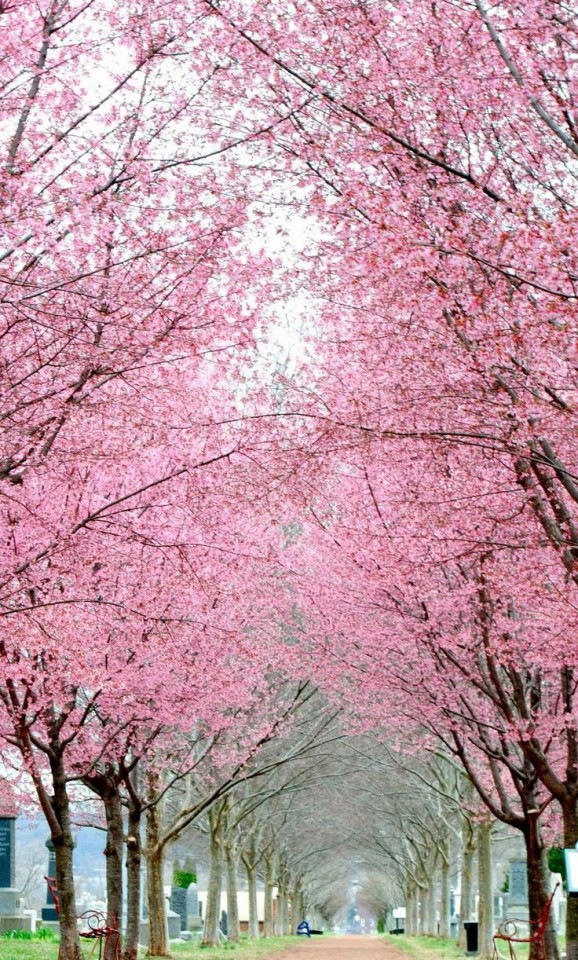
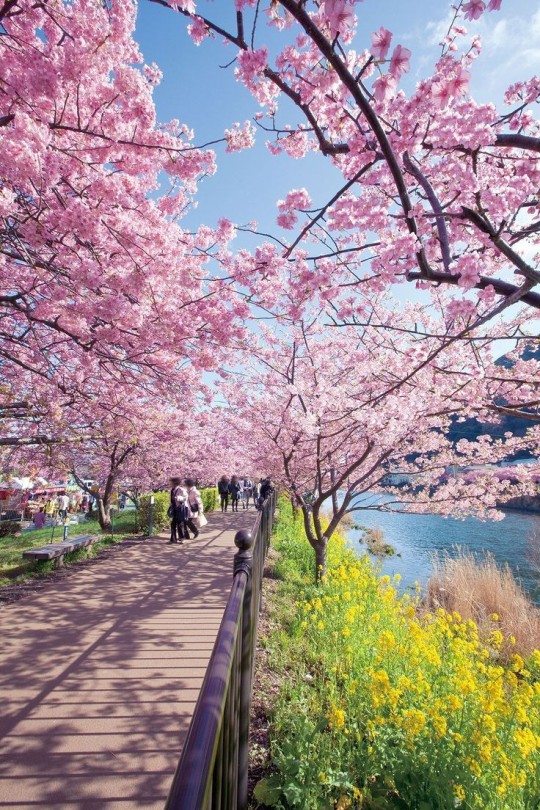
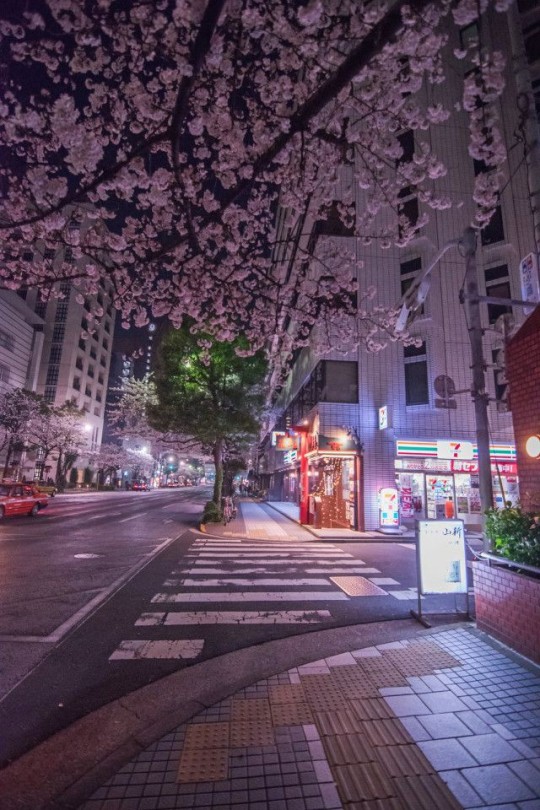

#these are just so beautiful#light academia#excerpts#fragments#poetry#books & libraries#romanticism#cherry blossom#light academism#light academia aesthetic#spilled thoughts#spilled words#spilled poem#spilled poetry#classic aesthetic#classic academia#cottagestyle#cottage living#cottage vibes#cottage academia#cozy cottage#chaotic aesthetic#chaotic academia#vintage aesthetic#vintage academia#dark academia#light academic aesthetic
931 notes
·
View notes
Text
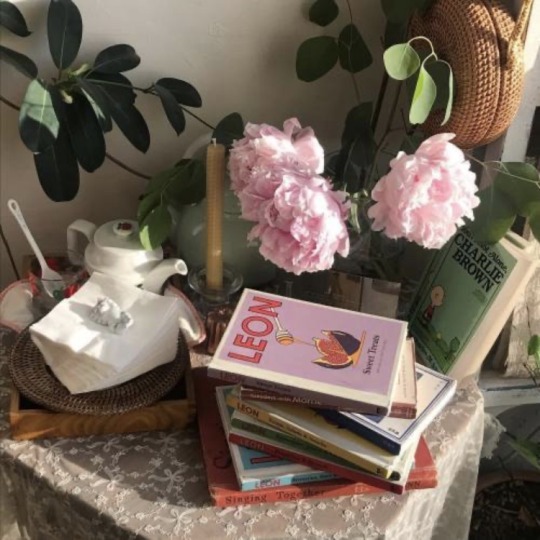



#lovin this !!!#such beautiful flowers <3#cottagecore#nature#naturecore#flowers#flowercore#japneee aesthetic#korean aesthetic#cherry blossoms#roses#pink aesthetic#warmcore#interior#books
3K notes
·
View notes
Text
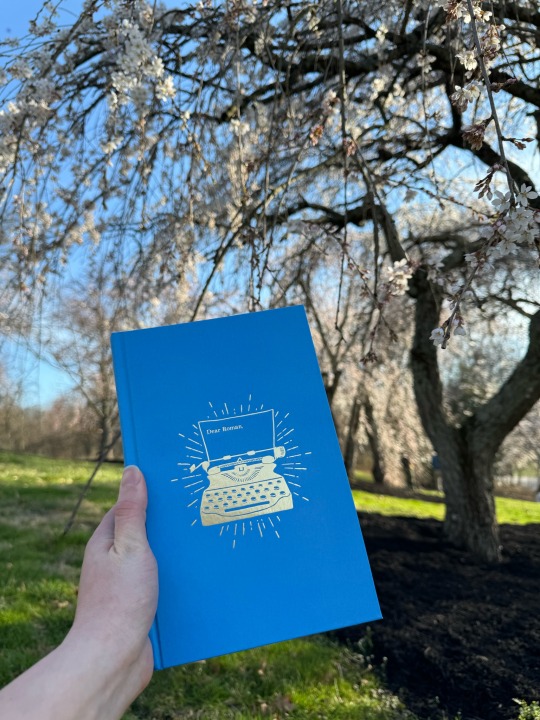
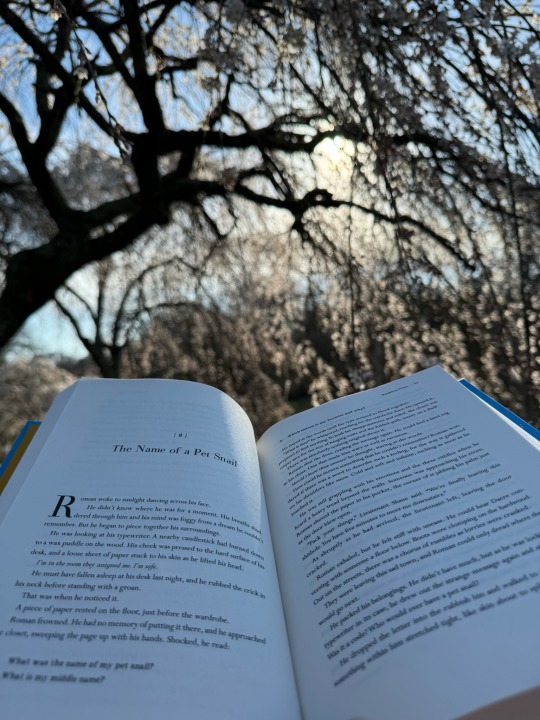
Reading among the cherry blossoms 🌸
#nature#outdoors#cottagecore#cottagecore aesthetic#naturecore#flowers#garden#fairycore#pink flowers#cherry blossom#cherry blossum tree#books and reading#reading#romance books#booklover#booksbooksbooks#bookish#bookworm#books#book#booklr#spring flowers#spring
82 notes
·
View notes